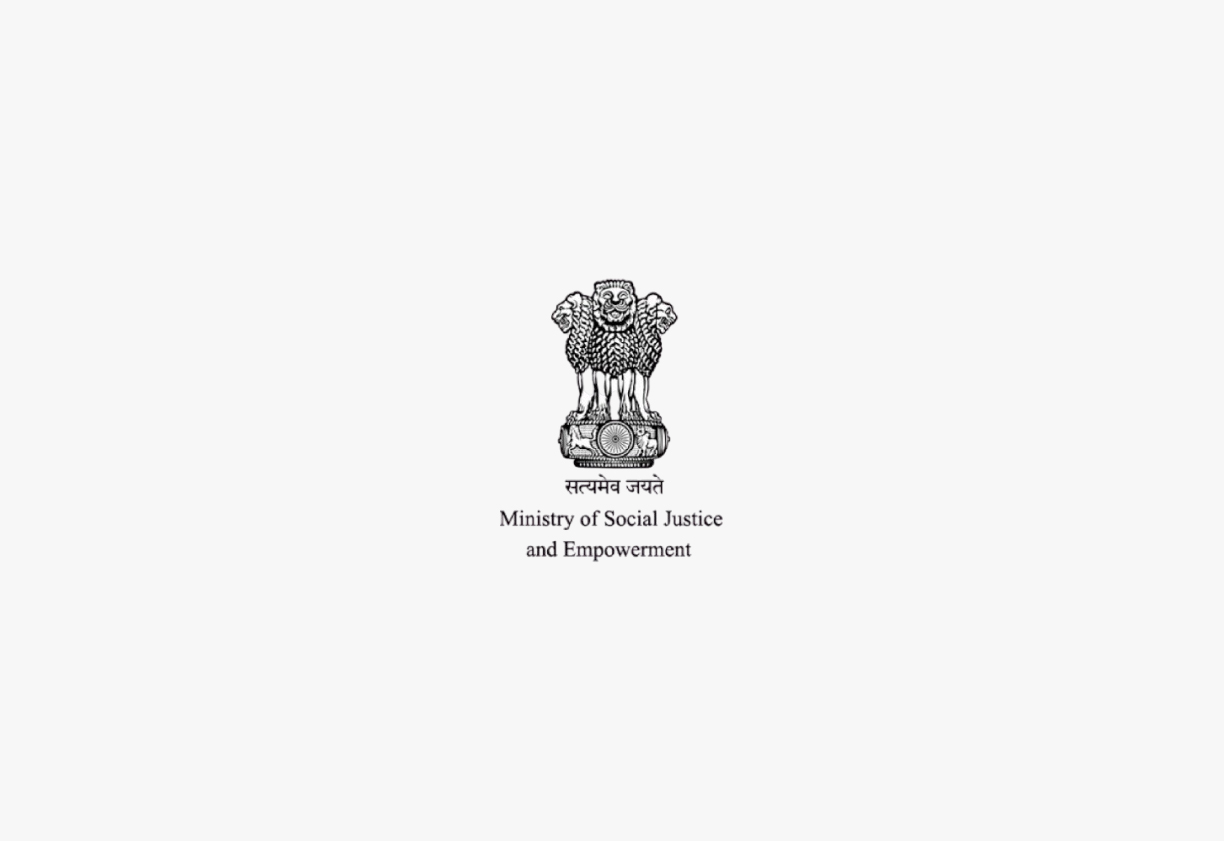Ministry of Social Justice and Empowerment
The Transgender Persons (Protection of Rights) Act, 2019, was enacted to protect the rights of transgender persons and ensure their welfare. The Act recognizes the historical discrimination and marginalization faced by transgender individuals, aiming to provide them with legal recognition of their gender identity, prohibit discrimination, and promote their inclusion in society. The Act also mandates welfare measures by the government and establishes a National Council for Transgender Persons to advise the government on related policies and programs. This Act falls under the Ministry of Social Justice and Empowerment.
Enactment Date, Number of Chapters, Number of Sections:
The Act was enacted on December 5, 2019, and came into force on January 10, 2020. It consists of nine chapters and 23 sections.
Act Governed By:
The Act’s implementation is overseen by the appropriate government (Central or State), depending on the specific provision. The National Council for Transgender Persons plays an advisory role. District Magistrates are responsible for issuing certificates of identity.
On Whom It Is Applicable:
The Act applies to transgender persons, their families, educational institutions, establishments (including government and private organizations), healthcare providers, and other individuals or entities interacting with transgender persons.
Penalties/Punishments:
The Act prescribes penalties, including imprisonment and fines, for offenses such as compelling or enticing a transgender person into forced or bonded labor, denying them access to public places, forcing them to leave their households, and causing them harm or injury.
Important Pointers:
-
Prohibits discrimination against transgender persons in various areas, including education, employment, healthcare, access to public places, and the right to reside or occupy property.
-
Recognizes the right of transgender persons to self-perceived gender identity.
-
Provides a process for obtaining a certificate of identity as a transgender person.
-
Allows for a change in gender on official documents after sex reassignment surgery.
-
Mandates welfare measures by the government, including separate human immunodeficiency virus (HIV) sero-surveillance centers, medical care facilities, and vocational training programs.
-
Establishes a National Council for Transgender Persons to advise the government on related policies.
-
Makes offenses against transgender persons punishable under the Act.




